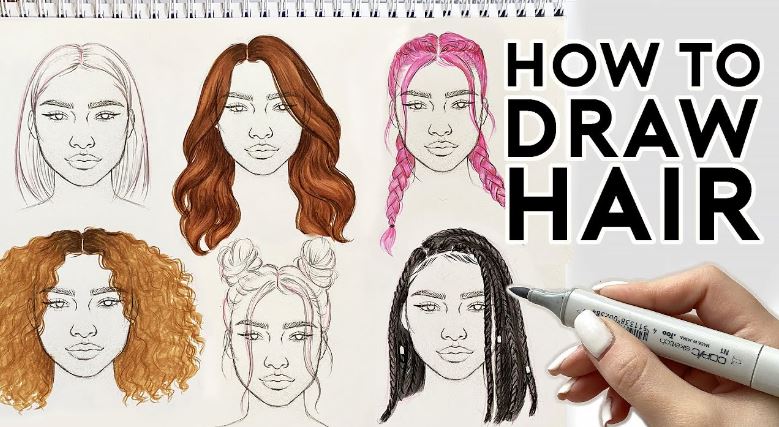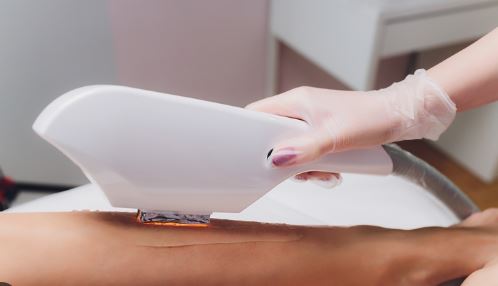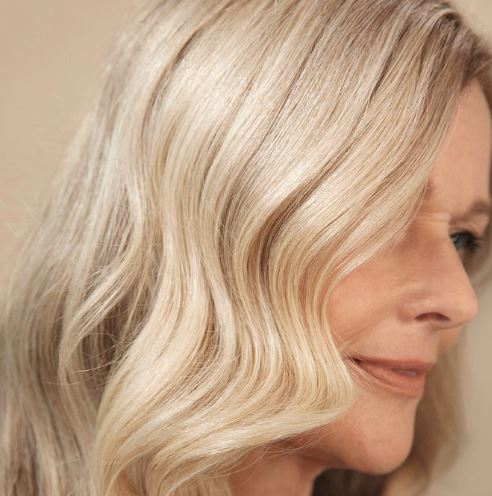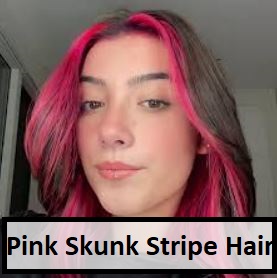Table of Contents
- 0.1 Introduction: The Importance of Hair in Art
- 0.2 Tools You’ll Need
- 0.3 Drawing Straight Hair
- 0.4 Creating Wavy Hair
- 0.5 Depicting Curly Hair
- 0.6 Adding Texture to Hair
- 0.7 Choosing the Right Shading Techniques
- 0.8 Blending and Highlights
- 0.9 Drawing Hair from Different Angles
- 0.10 Embracing Unique Hair Styles
- 0.11 Adding Realism with Flyaway Strands
- 0.12 Capturing Hair in Various Lighting
- 0.13 Creating Hair Accessories
- 0.14 Conveying Hair in Different Art Styles
- 0.15 Conclusion
- 1 FAQs
Whether you’re an aspiring artist or simply looking to improve your drawing skills, mastering the art of depicting various hair types is a crucial skill.
Hair can add depth, personality, and realism to your artwork. In this comprehensive guide, we’ll walk you through the steps to draw different types of hair with confidence.
From straight and wavy to curly and textured, we’ve got you covered.

Introduction: The Importance of Hair in Art
Hair is not merely strands on a person’s head; it’s an essential element that can convey emotions, personality, and movement.
Mastering the art of drawing hair will elevate your artwork to new heights and help you express your characters more vividly.
Tools You’ll Need
Before we dive into the techniques, make sure you have the right tools on hand. You’ll need different pencils (2H to 6B), quality erasers, blending stumps, and textured paper for the best results.
Drawing Straight Hair
Straight hair may seem simple, but capturing its sleekness and shine requires attention to detail.
Start by drawing the basic shape of the hair, then use parallel lines to create the individual strands. Add shadows and highlights to enhance the realism.
Creating Wavy Hair
Wavy hair exudes a sense of movement and volume. Begin by outlining the general shape, then use flowing lines to depict the waves. Pay attention to the direction of the waves and add shading to create depth.
Depicting Curly Hair
Curly hair is full of character and complexity. Sketch the overall shape of the curls first, then gradually define individual curls with careful lines. Employ a mix of short and long lines to capture the intricacies of each curl.
Adding Texture to Hair
Texture can bring your drawings to life. Use cross-hatching, stippling, or scribbling techniques to create the illusion of various hair textures, from smooth silkiness to rough coarseness.
Choosing the Right Shading Techniques
Shading is essential for realistic hair drawings. Experiment with different shading techniques such as hatching and cross-hatching to achieve the desired depth and dimension.
Blending and Highlights
Blending adds softness to your hair drawings. Use blending stumps or your fingers to smudge and blend the pencil strokes. Add highlights using an eraser for a natural shine.
Drawing Hair from Different Angles
Hair behaves differently from various angles. Practice drawing hair from front, side, and back views to understand how it falls and moves.
Embracing Unique Hair Styles
Different hairstyles can define your character. Whether it’s a sleek ponytail or a messy bun, learn to adapt your hair-drawing skills to match the hairstyle you envision.
Adding Realism with Flyaway Strands
Flyaway strands add authenticity to your drawings. Draw a few loose strands around the hair to create a natural, windswept look.
Capturing Hair in Various Lighting
Lighting plays a significant role in hair depiction. Understand how light interacts with hair and practice rendering hair under different lighting conditions.
Creating Hair Accessories
Accessories like clips, headbands, and hats can enhance your character’s look. Pay attention to how these accessories interact with the hair.
Conveying Hair in Different Art Styles
Different art styles call for varied approaches to drawing hair. Experiment with realism, manga, cartoon, and other styles to expand your skills.
Conclusion
Drawing different types of hair is a skill that requires practice and patience. By mastering various techniques, you’ll be able to add depth, character, and emotion to your artwork like never before.
So pick up your pencils, experiment with textures, and watch your characters come to life with stunning and realistic hair.
FAQs
Is it necessary to use textured paper for hair drawings?
While textured paper can enhance the overall look, it’s not mandatory. Smooth paper can also work, but textured paper provides better grip for shading.
How can I make my hair drawings look more dynamic?
Experiment with exaggerated movements and windswept effects to add dynamism and energy to your hair drawings.
Are there shortcuts for drawing complex hairstyles?
While practice is crucial, breaking down complex hairstyles into simpler shapes can help you tackle them more effectively.
What’s the best way to practice hair drawing?
Create a sketchbook specifically for hair studies. Dedicate time to practice different styles, textures, and lighting conditions.
Can I use digital tools for hair drawing?
Absolutely! Digital tools offer various brushes and effects that can help you achieve stunning hair in your digital artwork.




